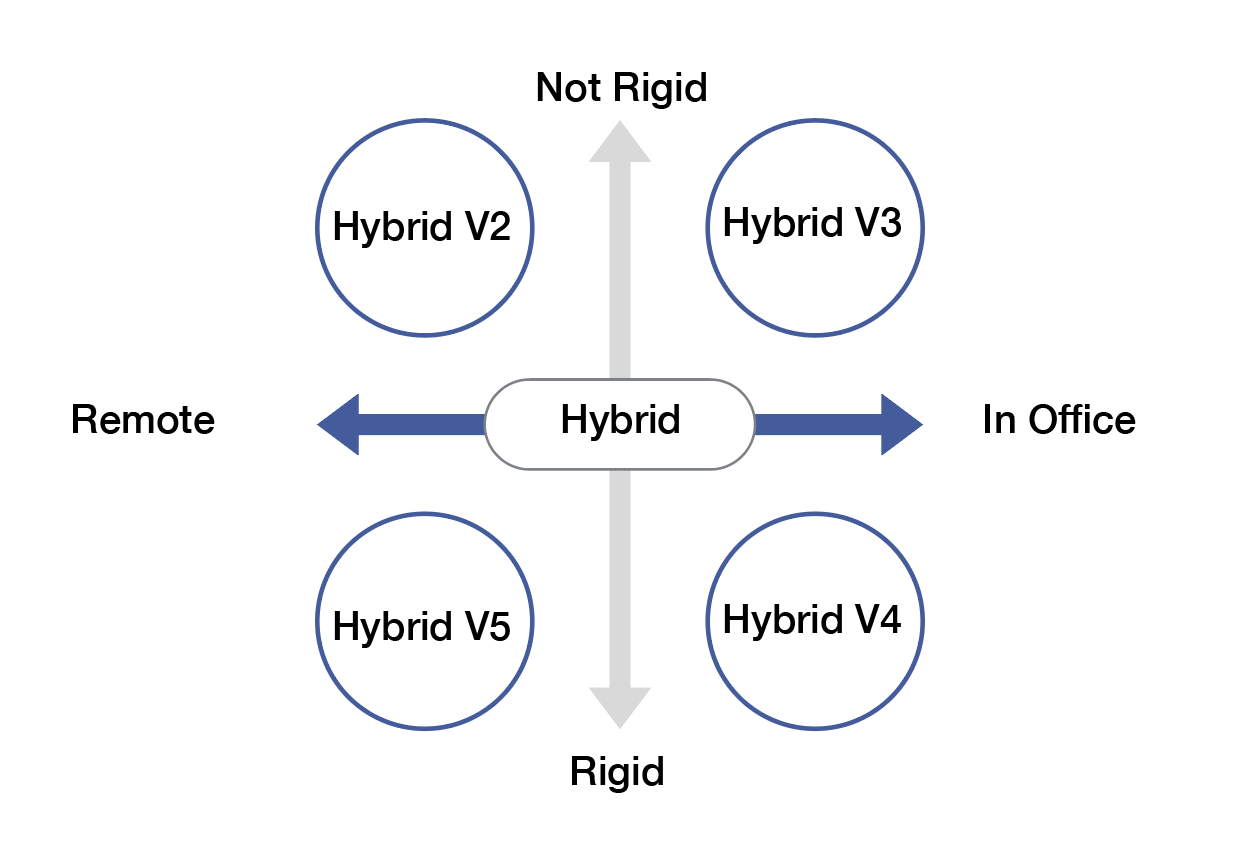How Binary Bias Is Affecting Your Workplace Decisions
It’s us or them. You’re in or you’re out!! You’re smart or you’re dumb. You’re remote or you’re in office. What do all these statements have in common? They’re binary.
Hi! We’re Affordances. An advisory team that uses design thinking to create better outcomes for workplace teams. With this blog post we’re exploring how Binary Bias can have an effect on our Workplace decisions.
Two Kinds
As humans we love to categorize things. It’s a survival instinct that has helped us survive for generations. However, things in life rarely fit into neat buckets or are in fact binary. As Adam Grant points out in his latest book Think Again, “It’s a basic human tendency to seek clarity and closure by simplifying a complex continuum into two categories.” Closure and clarity are great words to focus on for the world of workplace right now. Closure is something all employees and employers could use at this point. The seemingly endless discussions of how to address our responses to covid have grown tiresome. We’re starting to burn out on them, but we should be cautious.
“It’s a basic human tendency to seek clarity and closure by simplifying a complex continuum into two categories.” - Adam Grant, Think Again
Knowing this it should not come as any surprise that in discussions about the future of work and the future of the workplace we can see this bias emerge quite often. Just browse your LinkedIn feed (10 Reasons You’re Wrong About Remote), company newsletters, or even internal company discussions and it is noticeable. We must be vigilant to avoid binary bias. The truth is that there is a wide spectrum of workplace options for any company.
A Spectrum of Workplaces
A logical next step is to ask how we can combat this bias in our internal and public discussions about the future of work/place? In his book Grant points out that the simplest solution for combating this bias is what he calls “complexifying.” By showing the actual range of options that are available we can help ourselves to think differently and avoid this bias.
We’ve sketched a quick view below of what that spectrum might look like from a workplace perspective but even this chart could present as biased. It’s hard to write nuance into a deck / image. Each of these options could then have 100 tweaks / options within them.
We know from recent surveys that opinions on how many days employees want to be in the office varies. More importantly we also know the opinions on the future work also diverge even further when comparing employees vs executives. This highlights that each company needs to openly discuss, define, and discuss again what the future of their work/place is. Acknowledging the complexity is the first step to building a better future.
An Iterative Process
Once you’ve acknowledged that the spectrum of workplace options is broad you can start to think about charting the right path for your team. We suggest beginning by creating common definitions (understanding), assessing your company goals, and then aligning them with an appropriate workplace plan. Moving forward we’d advise all companies to consider creating a unique / bespoke solution for their teams. From here we suggest continuing to improve by doing small tests and iterating continually with your teams. Just like any product, your workplace will get better over time if you take on user feedback.
